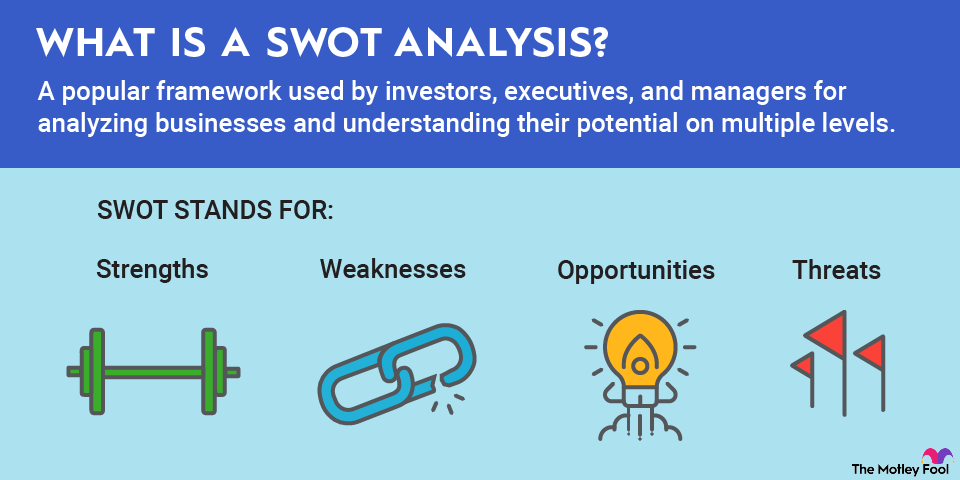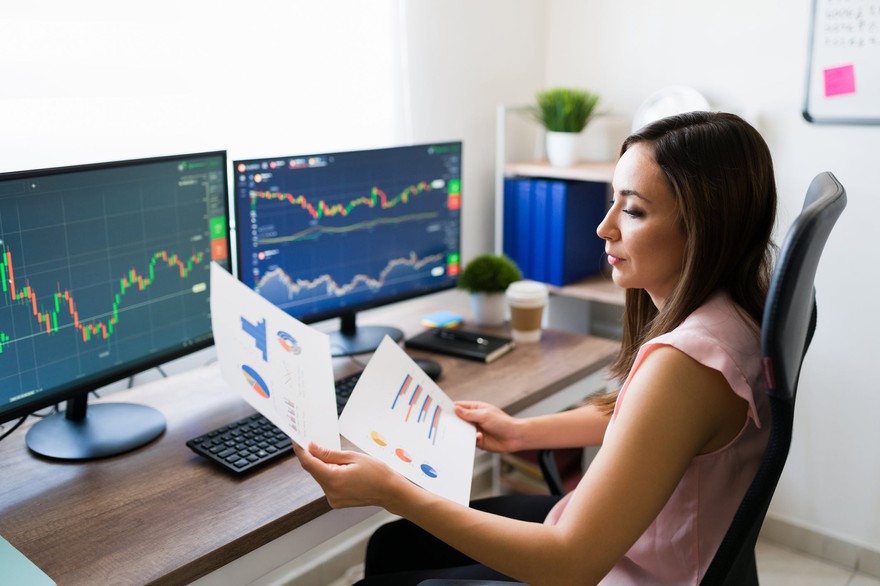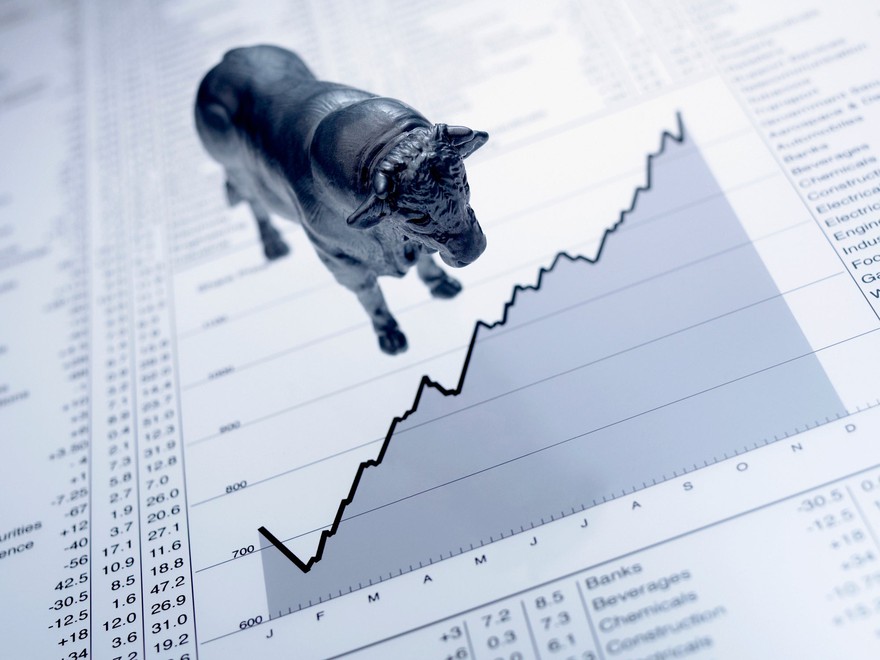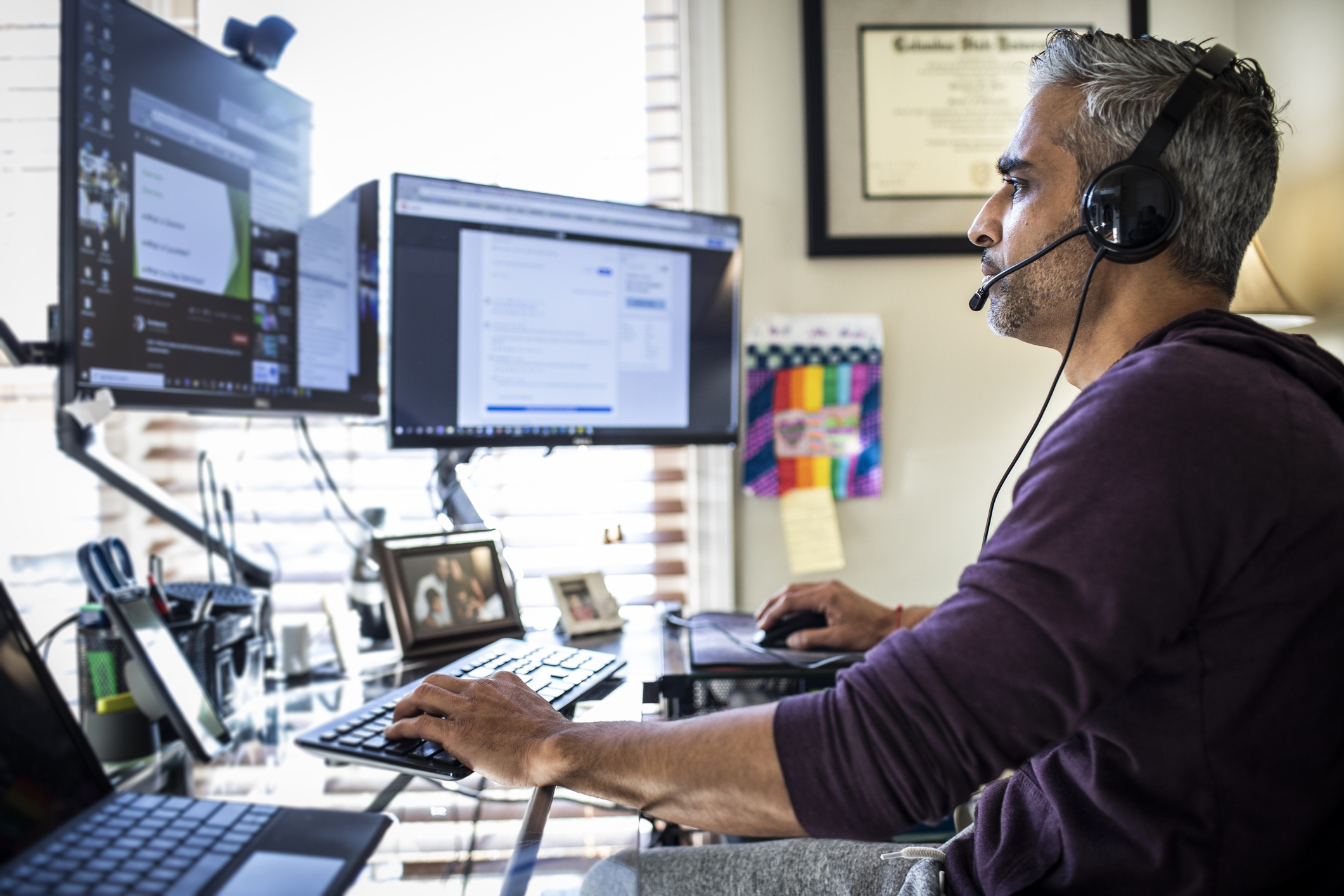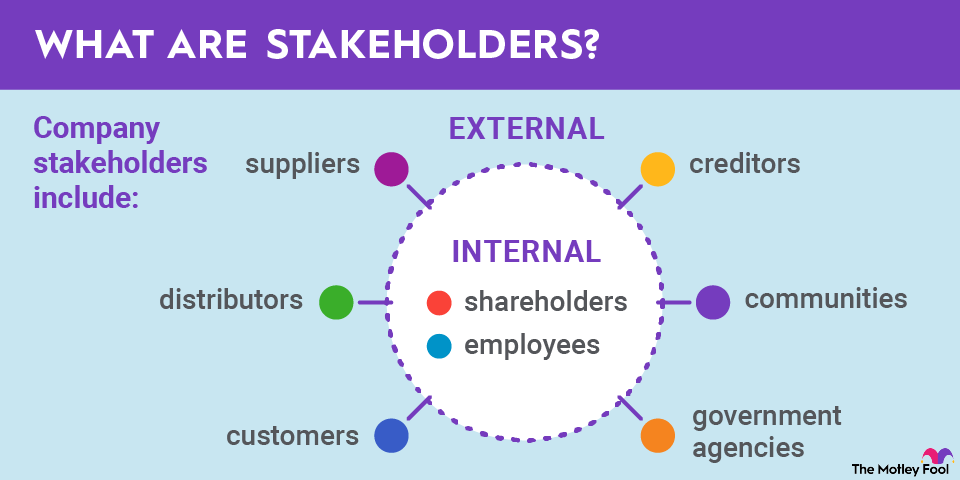Some accounting principles are dead simple. Today, I’ll introduce you to the straight line method for amortization and depreciation of a company's assets over time. The name of the method nearly tells the whole story, but I’ll guide you through the finer details.
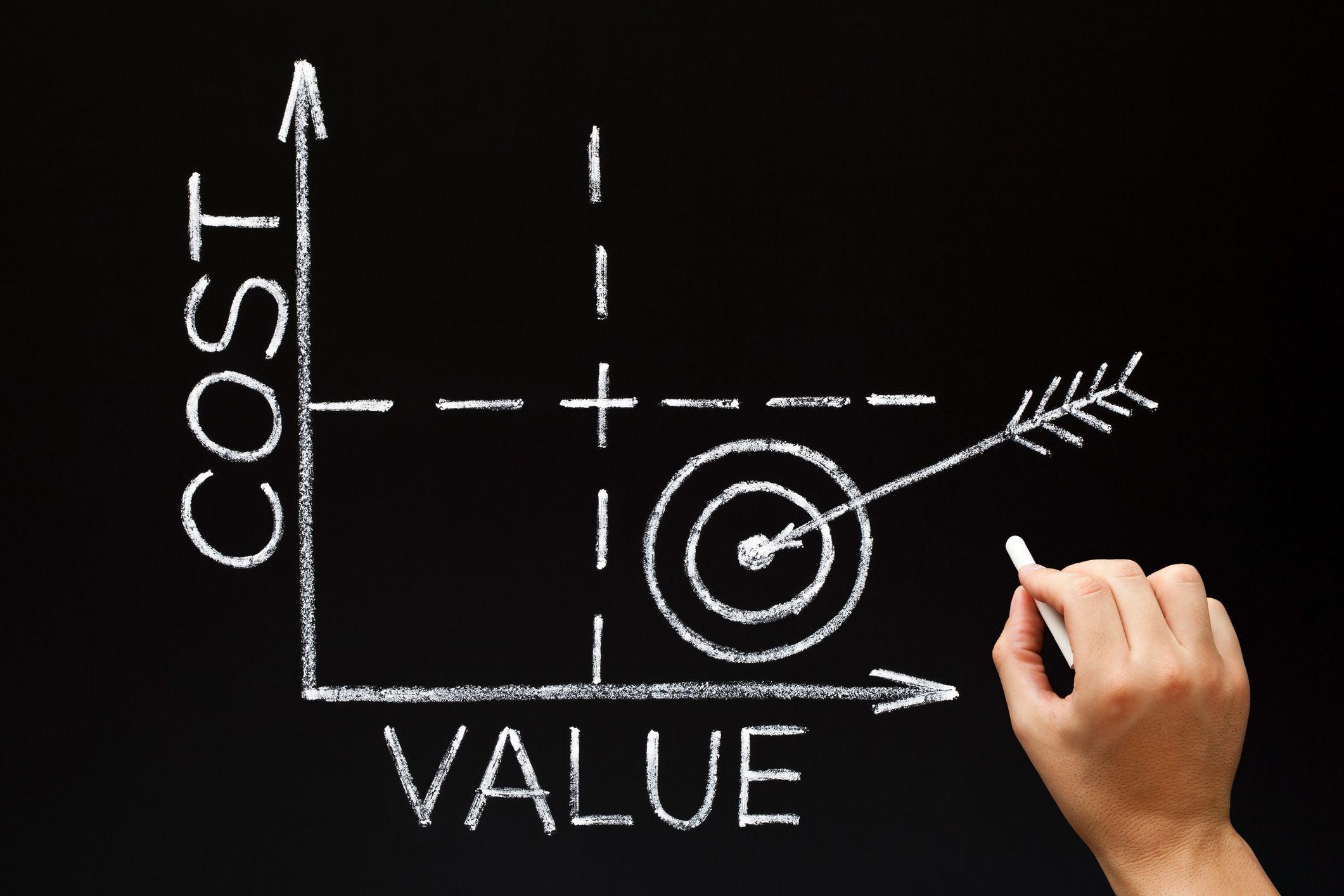
What is the straight line method?
In the realm of accounting and finance, the straight line method is a tool for calculating amortization and depreciation. It's all about evenly distributing an asset's costs and value, respectively, over its expected useful lifespan.
Imagine buying a new computer for $2,000. You estimate it will have a useful life of 10 years. Using the straight line method, you would depreciate its value by $200 every year ($2,000 divided by 10 years). That's how you depreciate the costs of a long-lived tangible asset, such as computers, vehicles, buildings, or industrial machinery, with the straight line method.
And if you expect the asset to have a certain value even at the end of its life cycle, you would first subtract that residual value from the original cost. For example, a $12 million machine used to manufacture the latest and greatest leading-edge smartphones could have a useful life of five years.
Then, the phone builder may plan to park the next top-shelf machine in that equipment's floor space and sell the aging equipment to a mass-market manufacturer for $2 million. In this case, the company would depreciate the first machine's costs by $2 million annually ($12 million minus $2 million equals $10 million, divided by 5).
The same idea works for intangible assets, such as intellectual property, movie productions, patents and trademarks, trade secrets, or brand value. The process is the same, but you would call it amortization in this case.
Financial regulations spell out different rules for defining the costs you can amortize or depreciate, and the tax code has specific sections for the terms. But the straight line accounting method is the most common way to manage both on the income and cash flow statements.
Why should I care about the straight line method?
The beauty of the straight line method lies in its simplicity and predictability. Much like a good book, it's easy to follow and comprehend. Its uniform pattern of depreciation also allows businesses and individuals to plan for the future with less guesswork.
Other methods exist, but they require the company to estimate the trajectory of valuable service over time. Not to mention, many tax authorities favor the straight line method, making it a popular choice for straightforward bookkeeping. However, like any tool in your financial toolbox, it's not always the most suitable for every situation or every asset.
Applying the straight line method
Understanding the depreciation methods a business uses can give you a strategic advantage. A company exclusively employing the straight line method is predictable and simple to understand, which can make evaluating its financial health a bit more accessible to investors.
You could assign the accounting calculations to a proverbial ham sandwich and expect a correct and useful result.
It is important to understand how capital expenses move through a company's financial statements. The cash costs of making, building, or buying a new asset show up on the cash flow statement and the balance sheet in the assets column.
Amortization and depreciation are non-cash accounting items, moving the capital expenses over to the income statement bit by bit over several years. At the same time, they reduce the net value of those balance sheet assets.
Netflix's playbook: A case study in sophisticated depreciation and amortization
Let's take a quick look at Netflix (NFLX +0.96%). The media-streaming veteran uses a sophisticated accounting method, balancing the simple straight line approach with a greatly accelerated schedule for more time-sensitive assets.
Related investing topics
Like most businesses, Netflix applies a straight line depreciation schedule to its physical plant, property, and equipment assets. The company provides estimated useful lives of every property type. Buildings default to a 30-year span, and furniture and information technology get a three-year life cycle. So some educated guesswork is still involved, but the actual math works out to simple division.
However, Netflix's video content goes through a radically different accounting process. Every title in the content library is amortized on an accelerated schedule.
Content licensed from other production studios has a useful life matching the agreed window of availability. Most in-house Netflix originals get an estimated life of 10 years. Topical programs, such as talk shows, aren't amortized at all but expensed in full as soon as they hit the screen.
And, in general, the useful value of Netflix's content decays very quickly. The company counts on 90% of the asset's value falling in the first four years. This way, most of Netflix's cash costs for new content will move over to the cost of revenues line on the income statement a couple of years later.


